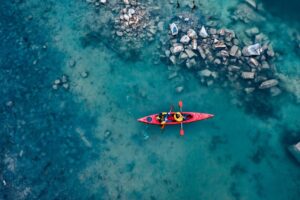The Travel Blog
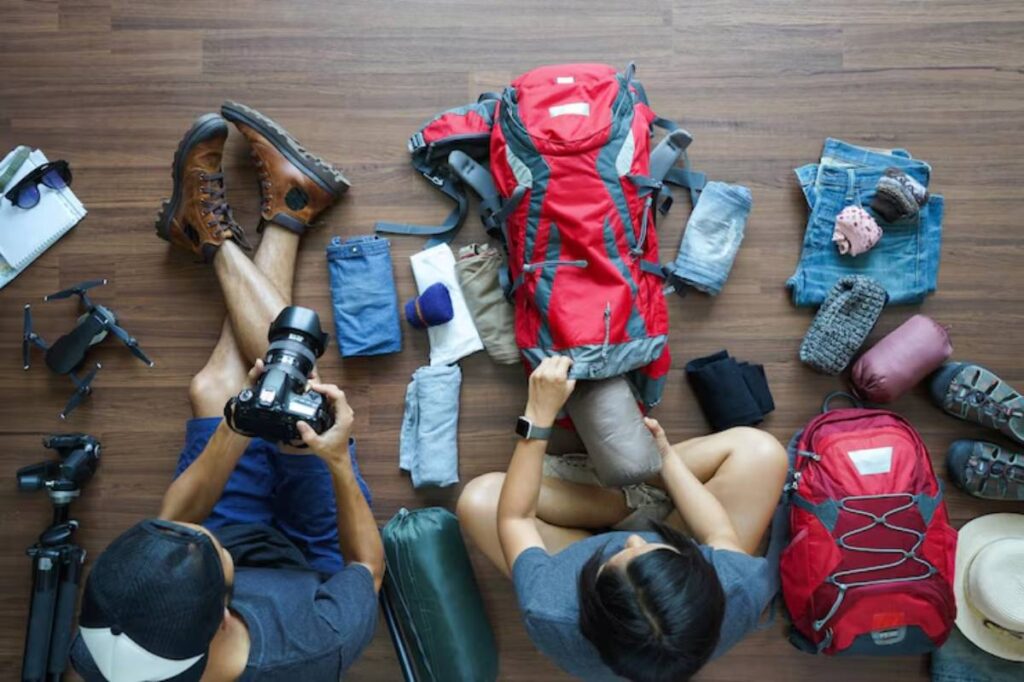
How to Pack for Multi-Climate Adventure Trips: The Ultimate Travel Gear Guide
One Bag, Many Environments—Packing Smart for All Seasons
You’re standing at a foggy mountaintop, shivering. Hours earlier, you were sweating through desert sands. And tomorrow? A humid jungle awaits. Welcome to the wild world of multi-climate adventure travel.
From the icy winds of Patagonia to the blazing heat of the Sahara, packing for such trips is an art—and a science. Pack too little and you’re freezing. Pack too much, and you’re dragging a brick from a backpack. Sound familiar?
This guide will teach you how to pack for multi-climate adventure trips with confidence, efficiency, and comfort. We’ll cover the best adventure travel gear, multi-environment preparation tips, and real-world-tested packing strategies.
Understanding the Core: The Challenge of Diverse Climate Travel
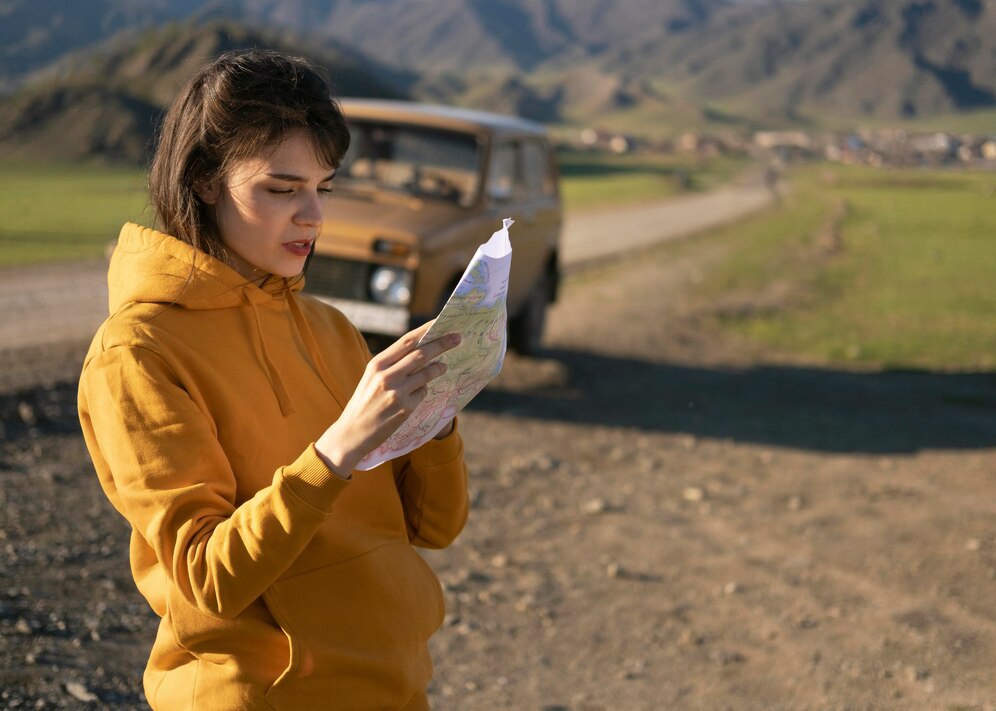
Packing for diverse climates isn’t just about throwing extra layers into your bag.
It’s about creating a modular system that adapts to:
- Temperature swings (e.g., hot days, cold nights)
- Humidity levels (dry desert to tropical forest)
- Weather unpredictability (sudden rain, snow, or heat waves)
- Altitude and wind conditions
As more travellers embark on longer, multi-stop trips across varying terrains, the demand for versatile, lightweight gear has skyrocketed. According to a 2024 Global Adventure Travel Report, 63% of travellers cite packing challenges as a top stressor before multi-climate trips.
The solution? Layering systems, smart material choices, and a strategic packing list.
Quick Reference: Multi-Climate Packing Checklist
- Choose a lightweight, expandable travel backpack (40–60L)
- Pack moisture-wicking base layers (merino wool or technical fabric)
- Bring a lightweight, insulated mid-layer (fleece or down jacket)
- Add a waterproof outer shell (windbreaker or rain jacket)
- Include convertible trousers (shorts + pants in one)
- Pack temperature-regulating socks (merino blend)
- Carry durable shoes for varied terrain + lightweight sandals
- Use refillable toiletry bottles suited to all conditions
- Organise with compression cubes or dry bags
- Always include a versatile accessory: buff, hat, gloves, sunglasses
Step-by-Step Guide: How to Pack for Multi-Climate Trips
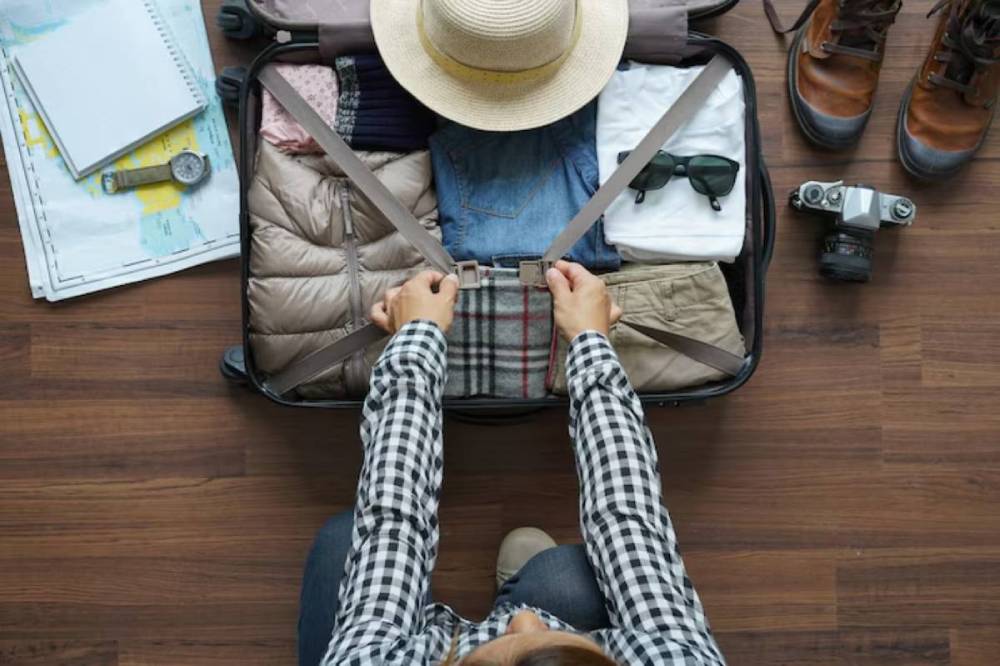
Step 1: Select the Right Backpack
Aim for:
- 40–60L capacity
- Weather-resistant materials
- Padded hip straps and an airflow back panel
- Top or front-loading access for easy organisation
Pro Tip: Look for detachable daypacks to handle short excursions.
Step 2: Build a Layered Clothing System
Layering is king when facing variable climates.
Your 3-Part Clothing System:
- Base Layer: Moisture-wicking T-shirt or long-sleeved
- Mid Layer: Lightweight fleece or compact down jacket
- Outer Layer: Rain jacket or wind shell with hood
Important: Choose neutral colours for mix-and-match versatility.
Step 3: Pack Multi-Use Clothing Items
- Convertible trousers double as shorts and pants
- Merino wool shirts can be worn multiple days without odour
- Sarongs or buffs can be towels, scarves, sun shields, or blankets
- Leggings work as pyjamas, underlayers, or casual wear
Choose fast-drying and wrinkle-resistant fabrics.
Step 4: Organise Gear Efficiently
Packing cubes save space and keep climate-specific gear separate.
Use:
- A “cold weather” cube
- A “hot and humid” cube
- A “daily wear” cube
Also, pack a dry bag for wet clothes, electronics, or muddy gear.
Step 5: Sort Footwear Based on Terrain
Stick to 2 pairs:
- Sturdy all-terrain hiking shoes (breathable + waterproof)
- Lightweight sandals (for showers, beaches, or hot areas)
Secret Tip: Wear bulkier shoes in transit to save packing space.
Step 6: Master Toiletries & Tech for All Weather
Essentials include:
- Biodegradable soap
- Travel-size SPF and insect repellent
- Moisturiser (dry air dehydrates skin fast)
- Multi-voltage travel adapter
- Solar charger or power bank
TSA-approved toiletry kits speed up airport checks.
Important Things to Remember
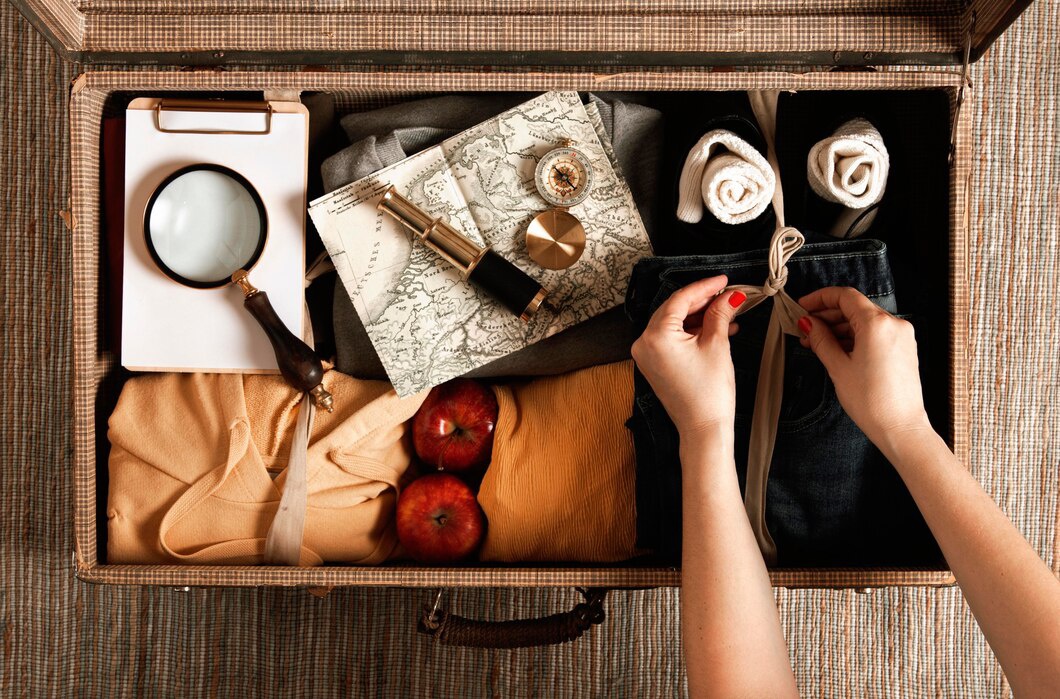
Common Mistakes to Avoid:
- Overpacking “just in case” clothes
- Bringing cotton items (they absorb sweat and dry slowly)
- Forgetting altitude-specific items (lip balm, sunglasses)
Expert Insight: “Whether it’s 40°C in Cairo or -5°C in Cusco, modular packing wins every time. Focus on items that adapt and layer well rather than bulky one-offs.” – Isla R., Travel Logistics Specialist
Best Practices & Additional Insights
- Test your setup before departure. Try a weekend trip to refine what you actually use
- Roll clothes instead of folding to save space
- Use colour-coded cubes for instant visual access
- Track your climate transitions in a simple journal or phone note
FAQs
Can I pack carry-on only for a multi-climate trip?
Yes! With smart layering, compression cubes, and minimalist gear, many travellers comfortably manage 2–4 week trips carry-on only.
What fabrics are best for climate versatility?
Merino wool, nylon, polyester, and Gore-Tex. These regulate temperature, wick moisture, and dry quickly.
Should I bring a sleeping bag for variable climates?
If camping or trekking, choose a 3-season bag with a compression sack. Otherwise, skip it for hostels or homestays.
How do I manage laundry on long, multi-climate trips?
Pack quick-dry clothes and carry travel detergent. Many hostels and guesthouses offer affordable laundry services or access to washing machines.
Should I bring a jacket even if I’m going to hot places?
Yes—airplanes, buses, and mountain regions can get unexpectedly cold. A lightweight, packable jacket is worth the space.
How do I pack for both city and outdoor adventures?
Choose clothing that can double for both (like neutral-toned trekking pants or merino tees) and include one smart-casual item for city outings.
Is it better to use a suitcase or a backpack for multi-climate trips?
A travel backpack offers better mobility and organisation for variable terrain and frequent moves, especially in rural or uneven areas.
How do I keep electronics safe across different climates?
Store devices in waterproof dry bags or padded cases, and use silica gel packs to prevent moisture damage in humid environments.
What’s the best way to stay organised during constant climate shifts?
Use labelled packing cubes or colour-coded dry bags to separate cold, hot, and everyday essentials—this speeds up access and keeps gear dry and clean.
Conclusion: Your Ultimate Packing Advantage
Packing for multi-climate adventure trips doesn’t have to be a nightmare. With a layered system, lightweight gear, and smart organisation, you can confidently transition from steamy jungles to snow-capped summits—without lugging around your entire wardrobe.
Ready to conquer every climate with just one backpack? Save this guide, pack light, and go far. Share it with your travel mates and start prepping your ultimate adventure kit now.




